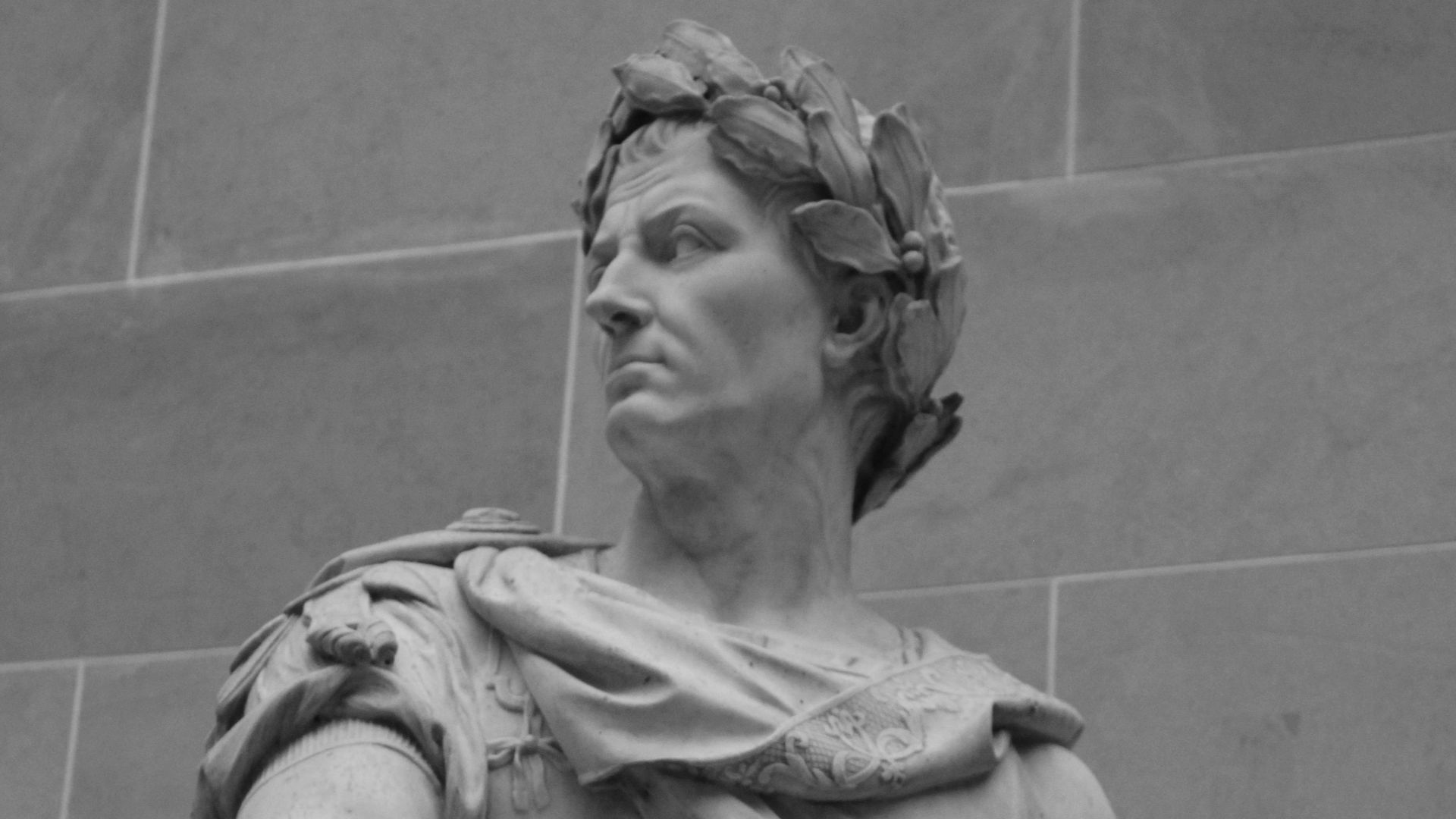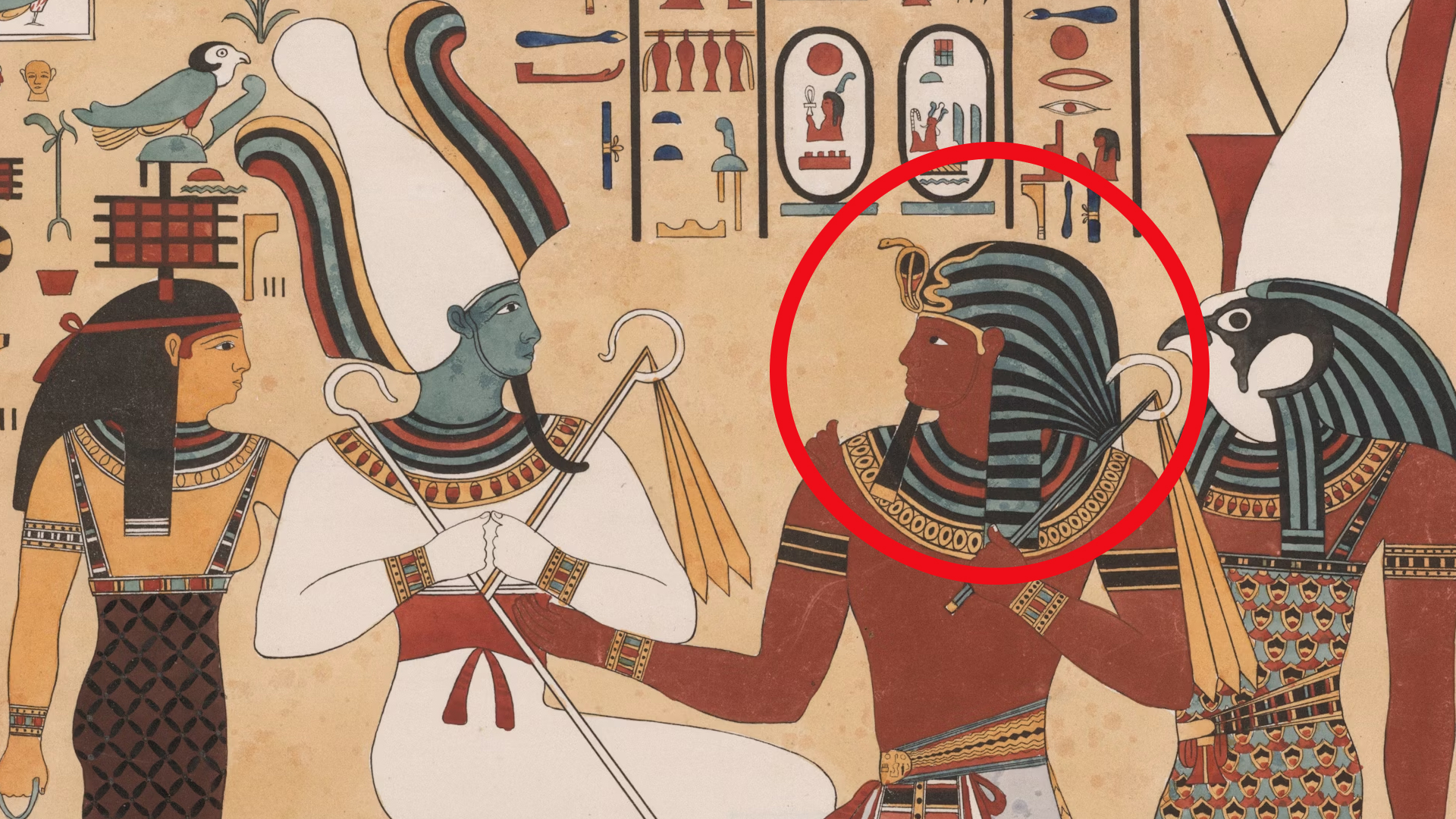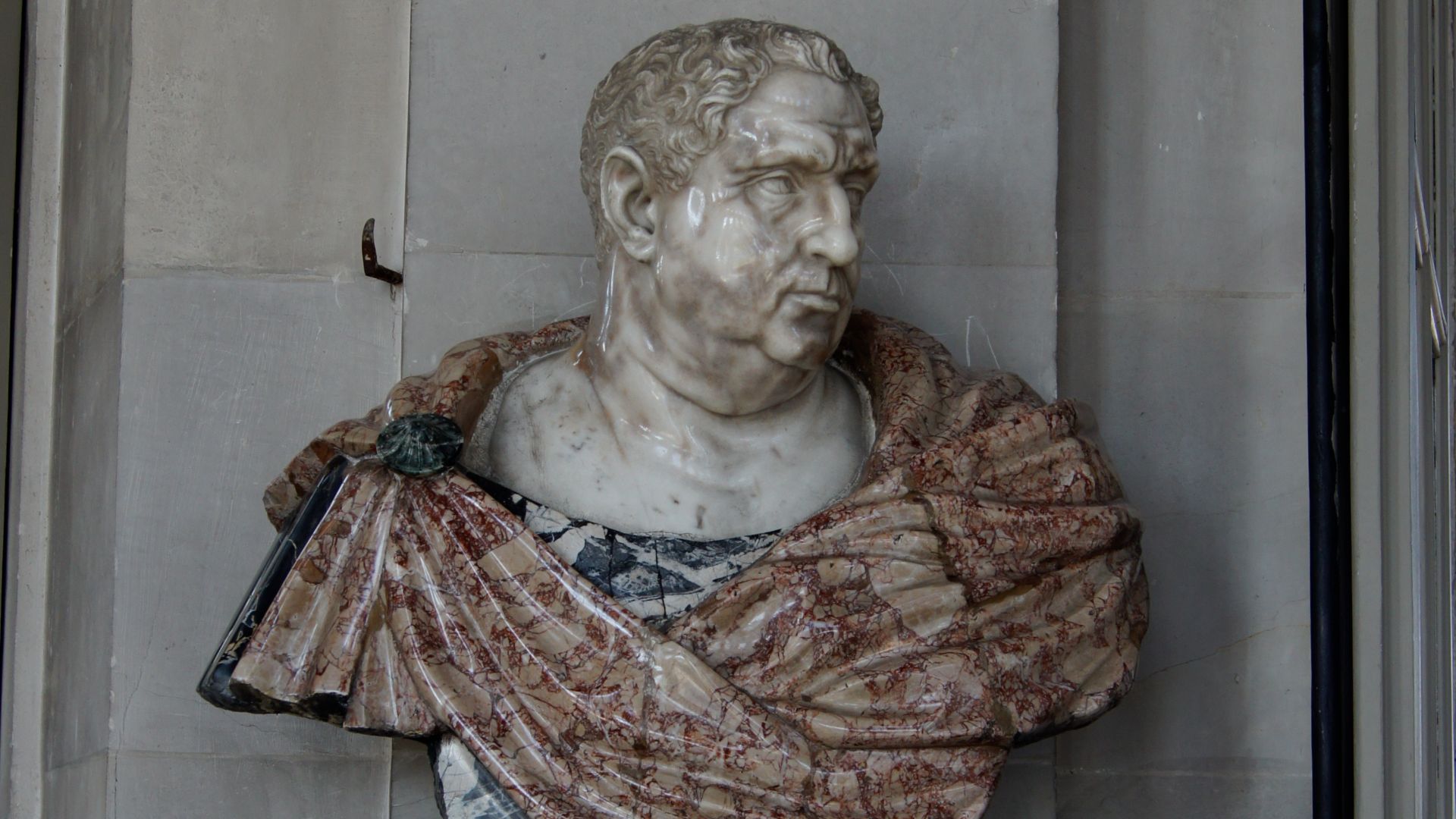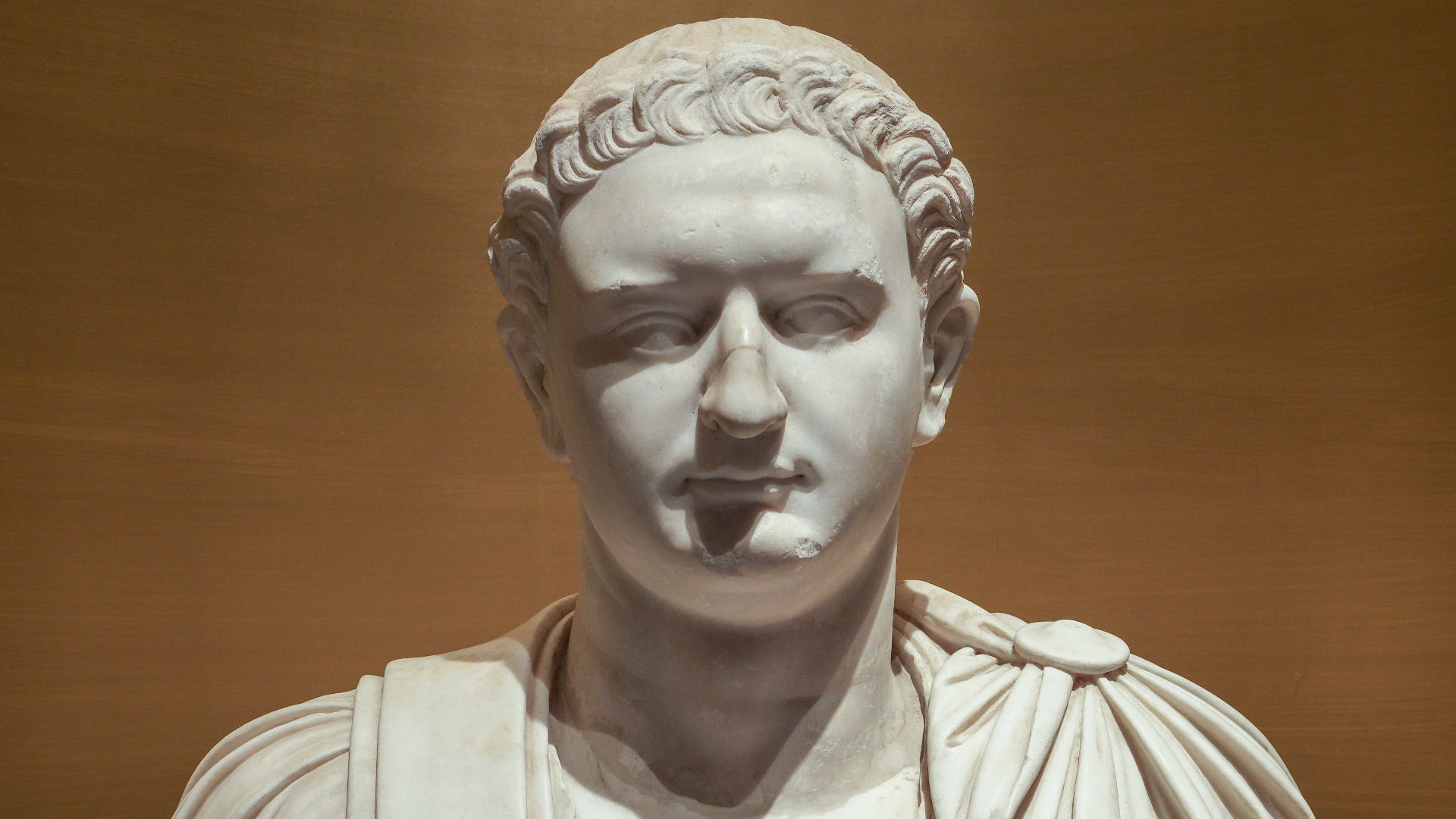You Can’t Win Them All
An empire that lasts for 500 years clearly required some decent leadership. It also means that you’re bound to have a few bad eggs. Around 70 men ruled this great and terrible empire before it fell in 476 CE. To learn more about these great and terrible rulers, read on.
 Amir Arsalan Shamsabadi on Unsplash
Amir Arsalan Shamsabadi on Unsplash
1. Augustus, 27 BCE-14 CE
Who better to start with than Rome’s first Roman emperor? Augustus, born Gaius Octavius, founded the Roman Empire to stabilize a country shaken by war. He not only established a new system of government, known as the principate, but also undertook massive public construction projects, reorganizing the military, and streamlined the bureaucratic process. He was so well-loved that future emperors used the title of Augustus as a part of their imperial name.
2. Marcus Aurelius, 161-180 CE
Known as the last ruler of the five good emperors, Marcus maintained the relative peace and quiet first established by Augustus nearly 200 years prior. He was a stout philosopher, with many of his writings becoming a textbook on self-improvement, as well as a first-hand account of early stoicism.
3. Septimius Severus, 193-211 CE
Known for founding a new dynasty, Septimius was the last to seize power during the year of the five emperors. he was also the first Roman emperor to be born in Africa, and he spent his 20-year reign dedicated to strengthening the military, Hadrian’s wall, and his campaigns into Parthia and Britain.
4. Aurelian, 270-275 CE
This emperor reigned during a difficult period in Roman history, known as the crisis of the third century. However, Aurelian successfully pulled off several military victories, solidifying the country’s territory against barbarian invasions. He is known for conquering the Gallic Empire and defeating the Goths, Vandals, Juthungi, Sarmatians, and Carpi.
5. Nerva, 96-98 CE
Nerva’s rule was defined by restoring stability to the throne after the mess that was Emperor Domitian. In this ruling of stability, Nerva was also the first to set the precedent of adoptive succession, allowing rulers to choose who they believed was the right fit for the throne, rather than the commonly used hereditary process. While his reign was short, Nerva was incredibly influential and is responsible for starting the era of the five good emperors.
 J. Paul Getty Museum on Wikimedia
J. Paul Getty Museum on Wikimedia
6. Vespasian Flavian, 69-79 CE
Founder of the Flavian dynasty, and the last to rule during the year of the four emperors, Vespasian brought reform, stability, and work to the Roman Empire after a period of civil war. He was a successful military man, suppressing revolts in Judea, and is also considered the emperor who began construction of the Colosseum.
7. Antoninus Pius, 138-161 CE
Fourth of the five good emperors, Antoninus was a successful military man, administrator, and emperor of the people. During his reign, he invested in public building projects, as well as the arts and sciences, brought significant legal reforms, and founded a charity known as the Pullae Faustinanae, which supported the daughters of poorer families.
 Unknown artistUnknown artist on Wikimedia
Unknown artistUnknown artist on Wikimedia
8. Constantine, 306-337 CE
You either know him as the first Christian emperor or as the name behind the city Constantinople, but you definitely know his name. Alongside legalizing and supporting Christianity, Constantine brought security to the empire through a reformed currency project, restructuring the military, and revitalizing the dynastic succession.
9. Hadrian, 117-138 CE
A lover of Greek literature and a lover of building things, Hadrian was well-loved for his overhaul of the empire’s physical security. Most notably, he built Hadrian's Wall, a massive structure across northern Britain, but he also fortified many other borders of the empire. He also rebuilt the Pantheon and is responsible for the temple of Venus and Roma.
10. Trajan, 98 BCE-117 CE
Known as the second of the five good emperors, Trajan was well-loved for his duality of military and administrative work. He was the force behind Rome's largest expansions, at which point Rome reached the peak of its geographical coverage. Trajan was also well-known for expanding social welfare policies, building projects, and commissioning his own forum.
1. Nero, 54-68 CE
The final emperor of the Julio-Claudian dynasty, Nero, was so desperate for power that he ended up plotting and successfully murdering his own mother, not to mention his potential involvement in the murders of his wife and stepbrother. He is widely considered to be one of Rome's most tyrannical and self-indulgent leaders.
2. Caligula, 37-41 CE
While sources say he started as a good, kind, and fair emperor, Caligula became a mean-spirited, cruel, megalomaniac, and self-indulgent ruler over the course of his reign. It’s said that he regularly assassinated friends and foes alike, and often erected statues of himself, claiming to be divinely blessed.
3. Tiberius, 14-37 CE
Known for having large shoes to fill after succeeding Augustus, with the fear that the Roman Senate was plotting against him, Tiberius’s rule is largely defined by seclusion and cruelty. He gave up any hope of being an effective ruler when he left the main empire to live out the rest of his life on the island of Capri.
4. Commodus, 177-192 CE
Often cited as the emperor who brought the Pax Romana to its end, Commodus's reign was marked by erratic behavior and corruption. He believed himself to be the demigod Hercules, often dressing up and fighting in arenas as a gladiator, which was widely considered a degrading act for an emperor.
 J. Paul Getty Museum on Wikimedia
J. Paul Getty Museum on Wikimedia
5. Caracalla, 198-217 CE
A member of the Severn dynasty, Caracalla is another emperor who was tainted by the power of the throne. After murdering his brother to achieve sole rule of the empire, Caracalla’s reign was defined by domestic instability, extreme violence, and unpredictability. However, he is responsible for Rome's massive public bathhouses.
6. Domitian, 81-96 CE
The last member of the Flavian dynasty, domination, was described as ruthless but efficient. While he strengthened the economy and military, his rule was largely authoritarian, controlling public morals and alienating the senate.
7. Elagabalus, 218-222 CE
Becoming emperor at just 14 years old, Elagabalus’s short-lived reign was marked by deviancy, debauchery, and controversy. He tried to replace the Roman pantheon with his own sun god and married a Vestal Virgin. He was assassinated at 18 years old.
8. Honorius, 393-423 CE
During his reign of the Western Roman Empire, Honorius’s rule was defined by its defeat and sacking by the Visigoths—the first time this occurred in over 800 years. He was disliked for his weak and ineffective leadership, and his reign played a huge part in the empire’s collapse 50 years later.
 unknown Roman artist (diptych) Dea Picture Library (photo) on Wikimedia
unknown Roman artist (diptych) Dea Picture Library (photo) on Wikimedia
9. Diocletian, 284-286
While he ended the crisis of the third century and restored stability to the empire, Diocletian’s rule was also marked by authoritarianism and harsh economic policies, and intense persecution of Christians.
10. Maximinus Thrax, 235-238 CE
Maximinus’s rise to power began the crisis of the third century, a period of 50 years marked by political, social, and economic instability, as well as civil war. He had a cruel, barbaric, and autocratic rule, often choosing to go on military campaigns rather than sit in office.
KEEP ON READING

The Most Misunderstood Man In The World
Unknown authorUnknown author on WikimediaThroughout history, there have been many…
By Farva Ivkovic Nov 26, 2025
Einstein's Violin Just Sold At An Auction—And It Earned More…
A Visionary's Violin. Wanda von Debschitz-Kunowski on WikimediaWhen you hear…
By Ashley Bast Nov 3, 2025
This Infamous Ancient Greek Burned Down An Ancient Wonder Just…
History remembers kings and conquerors, but sometimes, it also remembers…
By David Davidovic Nov 12, 2025
The Mysterious "Sea People" Who Collapsed Civilization
3,200 years ago, Bronze Age civilization in the Mediterranean suddenly…
By Robbie Woods Mar 18, 2025
20 Inventors Who Despised Their Creations
Made It… Then Hated It. Inventors often dream big, but…
By Chase Wexler Aug 8, 2025
20 Incredible Items In The British Museum People Say Were…
Mystery In History. The mighty halls of the British Museum…
By Chase Wexler Sep 8, 2025
















